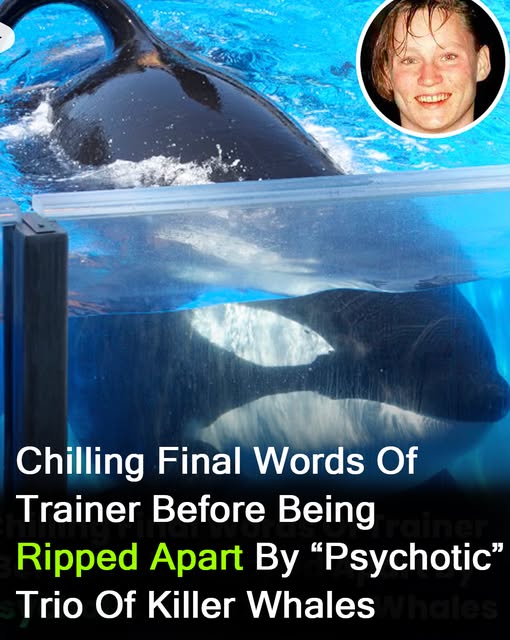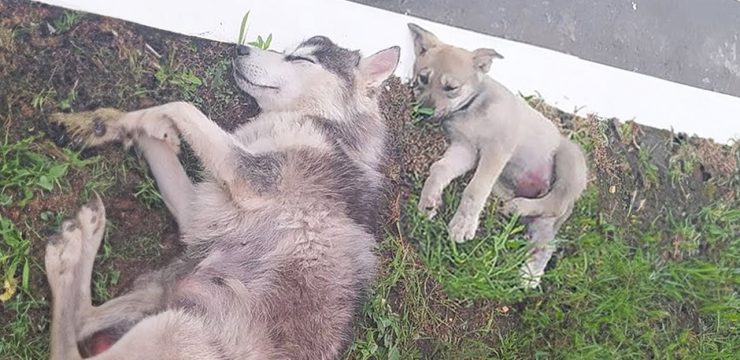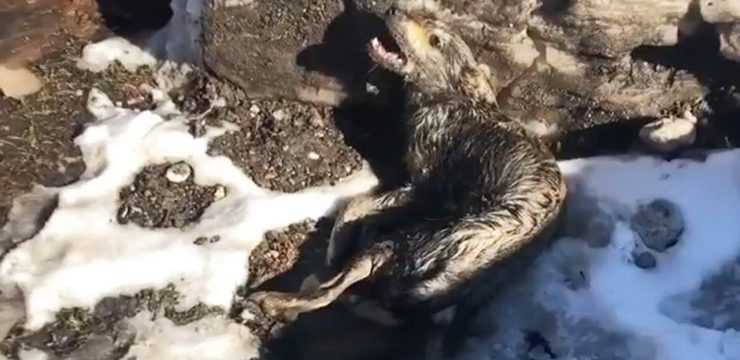Nature, as awe-inspiring and beautiful as it can be, also carries with it a chilling and unforgiving side. No matter how advanced humanity becomes or how dominant we believe ourselves to be in the natural order, we are constantly reminded that, without our technology and tools, we’re startlingly vulnerable in the face of wild animals. Our sense of superiority quickly fades when confronted by the raw, instinctual power of creatures that have roamed the planet long before us—and likely will long after we’re gone.

This is why it’s critical that we treat all interactions with animals, whether in captivity or in the wild, with the utmost respect and caution. Time and again, tragedies have unfolded when people failed to grasp just how dangerous certain animals can be. Accidents involving animals—ranging from minor injuries to fatal encounters—are all too frequent. And while many of these incidents are horrifying, few are as harrowing or unforgettable as the death of a young marine animal trainer who was savagely killed by three killer whales in 1991.
Keltie Byrne was a bright, young woman working part-time at Sealand of the Pacific, a marine park located in British Columbia, Canada. At the same time, she was pursuing her dream of becoming a marine biologist. Her job at Sealand brought her close to a variety of sea creatures, but it was her interactions with the killer whales—also known as orcas—that would ultimately lead to her tragic end.
Orcas, while technically the largest members of the dolphin family, are powerful predators often referred to as “killer whales” due to their strength and hunting prowess. On one fateful day in 1991, Keltie slipped and fell into a pool that housed three orcas: two females and a male named Tilikum. This moment would mark the beginning of a tragedy that remains deeply etched in the memory of anyone familiar with marine mammal captivity.
Tilikum’s history is a disturbing one. He was captured in 1983 when he was just two years old, taken from the cold waters off the coast of Iceland. Following his capture, he was confined to a concrete holding tank at Hafnarfjördur Marine Zoo, near Reykjavik. The following year, Tilikum was transferred to Sealand of the Pacific, where he would live in a 26-foot-wide pool alongside the two female orcas, Haida II and Nootka IV, for over a decade.
When Keltie accidentally fell into their pool in 1991, chaos erupted. Witnesses and reports later stated that Tilikum immediately grabbed her. While she tried to reach the surface of the water, the two female whales reportedly interfered with the staff’s rescue attempts, blocking them from helping her. Keltie managed to reach the surface not once, but twice, desperately struggling to stay alive. Tragically, she was eventually pulled under and did not resurface alive.
One of her fellow trainers, Karen McGee, later shared her harrowing memory of the event with the Daily Mirror. “I just heard her scream my name,” Karen recalled. “I threw the life ring out to her. She was trying to grab the ring, but the whale, basically, wouldn’t let her.” Karen said that to the whales, it appeared to be nothing more than a game—another play session. For Keltie, it was a life-or-death struggle she couldn’t win.
Park visitors were also haunted by what they heard that day. Many reportedly overheard Keltie screaming in terror, her voice echoing through the facility: “I don’t want to die.”
The incident left a deep scar on the public perception of orca captivity. In the aftermath of Keltie’s death, Sealand of the Pacific never reopened. The marine park shut down permanently, and its three orcas, including Tilikum, were sold to SeaWorld in Orlando, Florida.
But that wasn’t the end of Tilikum’s dark and controversial legacy.
Years later, in 1999, another horrifying incident occurred. The body of a man named Daniel Dukes was discovered floating in Tilikum’s tank. SeaWorld claimed that Dukes had trespassed into the park at night after visiting as a guest the day before. They asserted he had hidden in the park after closing and managed to get into the orca tank unnoticed. Though speculation and conspiracy surrounded the event, SeaWorld maintained that Tilikum had not been provoked and had responded instinctively.
The most high-profile and chilling chapter in Tilikum’s story came in 2010, when the orca attacked and killed senior SeaWorld trainer Dawn Brancheau during a live performance in front of a large audience. The horrifying scene played out in front of stunned spectators, and news of Dawn’s death quickly spread around the globe. Her death sparked massive public outcry and became a turning point in the debate over orca captivity. The incident forced SeaWorld to reevaluate its practices and policies, eventually leading to the end of its orca breeding program and the termination of theatrical killer whale shows.
Tilikum, once a star attraction, was no longer allowed to perform in shows after Dawn’s death. His life was spent largely in isolation until 2017, when he died after battling a persistent bacterial infection. His passing marked the end of a deeply controversial life, one that symbolized both the awe-inspiring power of nature and the tragic consequences of forcing wild animals into captivity for human entertainment.
The legacy of Tilikum—and the deaths of Keltie Byrne, Daniel Dukes, and Dawn Brancheau—continues to serve as a cautionary tale. These events remind us that the natural world is not something to be controlled or tamed at will. Behind every trained trick or aquarium glass wall lies an untamed force, one that deserves our respect, our compassion, and above all, our understanding. In trying to domesticate nature, we risk not only the lives of those who work closely with these creatures, but we lose sight of what it truly means to coexist with the wild.





